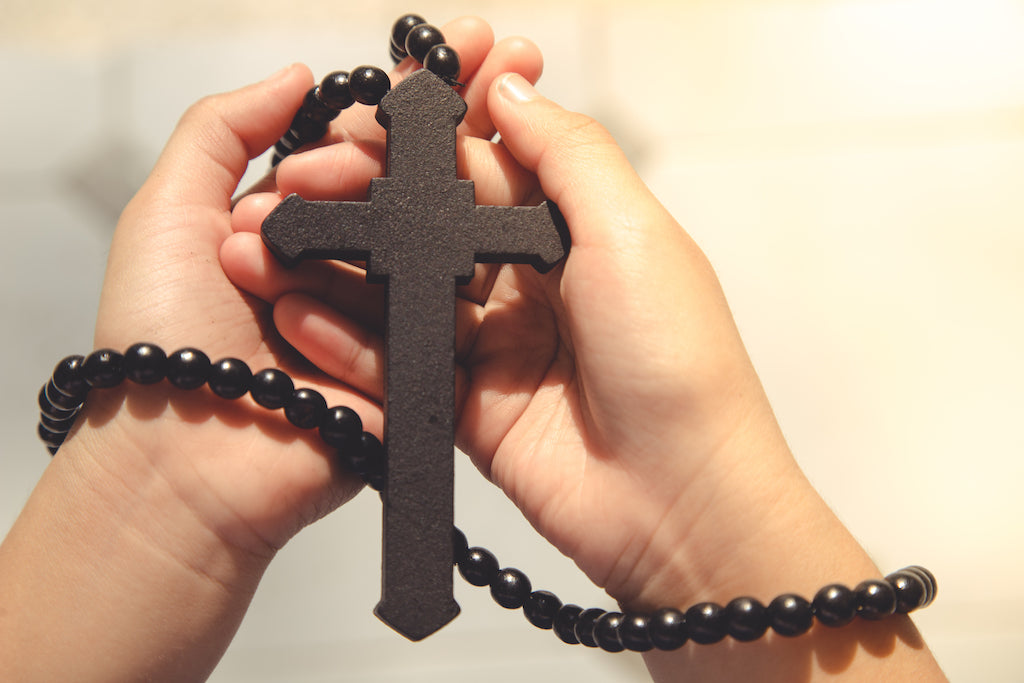Holy days of obligation are a set of religious celebrations that Catholics and other Christian denominations are obligated to attend. These days hold great significance in the Christian faith as they commemorate important events and holy figures in the history of the Church. In this article, we will explore the history and significance of holy days of obligation in the Catholic Church.
Why Holy Days of Obligation Matter: Understanding Their Significance
The Catholic Church recognizes ten holy days of obligation throughout the year. These include Christmas, the Epiphany, the Ascension, the Assumption of Mary, All Saints' Day, the Immaculate Conception, the Solemnity of Mary, Mother of God, the Solemnity of St. Joseph, the Nativity of St. John the Baptist, and the Feast of Saints Peter and Paul. The Church requires that Catholics attend Mass on these days and participate in the celebrations.
The history of holy days of obligation dates back to the early days of Christianity when the Church was still in its infancy. The first holy days of obligation were established by the Apostles themselves, who were the first leaders of the Church. These early holy days were meant to commemorate significant events in the life of Jesus Christ, such as his birth, death, and resurrection.
Over time, the Church added new holy days of obligation to the calendar to commemorate important events and holy figures in the history of the Church. For example, the Feast of Saints Peter and Paul was added to the calendar to honor these two great apostles who played a significant role in the establishment and spread of Christianity. Similarly, the Solemnity of Mary, Mother of God, was added to honor the mother of Jesus Christ, who Catholics consider to be the mother of all Christians.
Connecting with Faith and Community: The Spiritual Significance of Holy Days of Obligation
The significance of holy days of obligation in the Catholic Church cannot be overstated. These days serve as reminders of the most important events and figures in the history of the Church and provide Catholics with an opportunity to deepen their faith and strengthen their connection to God. By attending Mass on these days, Catholics are able to participate in the celebrations and receive the sacraments, which are essential for their spiritual growth and well-being.
Furthermore, holy days of obligation are important because they help Catholics to understand the importance of community and the role that they play in the Church. By attending Mass on these days, Catholics are able to come together as a community and celebrate their shared faith. This sense of community is essential for Catholics, as it helps them to feel connected to their fellow believers and to the larger Church as a whole.

The Beauty and Richness of Holy Days of Obligation in Catholic Culture
In addition to their spiritual significance, holy days of obligation also have practical implications for Catholics. These days are important for maintaining the sacramental life of the Church, as they provide Catholics with opportunities to receive the Eucharist and other sacraments. Moreover, they serve as important markers in the liturgical calendar, helping Catholics to mark the passage of time and to reflect on the spiritual journey that they are undertaking.
Furthermore, holy days of obligation are important for promoting religious education and catechesis. Many of these days are tied to important events or figures in the history of the Church, and they provide Catholics with opportunities to learn more about their faith and deepen their understanding of Catholic theology and practice. Moreover, the celebration of these days often involves special liturgies, music, and other elements that can help to engage Catholics in their faith and promote a deeper appreciation for the beauty and richness of Catholic culture and tradition.
In addition to the spiritual and practical implications of holy days of obligation, there are also cultural and social dimensions to these celebrations. Holy days of obligation often involve unique customs, traditions, and rituals that are specific to certain regions or communities. For example, the Feast of Our Lady of Guadalupe, which is celebrated on December 12th, is a particularly important day for Mexican Catholics, who celebrate with processions, music, and traditional foods. Similarly, the Feast of Saint Patrick, which is observed on March 17th, is an important day for Irish Catholics, who often celebrate with parades, green attire, and other symbols of Irish culture.
Of course, attending Mass on holy days of obligation is not always easy or convenient. Many Catholics lead busy lives and may find it difficult to make time for Mass on these days. Moreover, some may live in areas where access to Catholic churches and services is limited or may face other challenges that make attending Mass difficult. Nonetheless, the Church emphasizes the importance of attending Mass on these days and encourages Catholics to make every effort to do so.

The Challenges of Holy Days of Obligation: Declining Attendance and Cultural Tensions
In recent years, there has been some debate within the Catholic Church about the importance of holy days of obligation. There are various reasons for this trend, including changing social norms, a decline in religious practice more generally, and a shift in the cultural and demographic makeup of many Catholic communities. Some have suggested that the Church should reconsider its approach to holy days of obligation in light of these trends, perhaps by reducing the number of mandatory days or by offering alternative forms of celebration for those who cannot attend Mass.
Others, however, argue that the decline in Mass attendance on holy days of obligation is a symptom of broader social and cultural trends and that the Church must work to address these underlying factors if it hopes to reverse the trend. This may involve rethinking the ways in which the Church engages with its members, particularly younger generations, and finding new and innovative ways to promote Catholicism and foster a sense of community among believers.
Another challenge is that some of these cultural traditions may be unfamiliar or uncomfortable for Catholics from different backgrounds. For example, a Mexican-American Catholic may feel at home celebrating the Feast of Our Lady of Guadalupe, but a Catholic from a different cultural background may feel excluded or out of place. This highlights the need for the Church to be inclusive and welcoming to Catholics from all backgrounds and to find ways to celebrate holy days of obligation in ways that are meaningful and relevant to all members of the community.
Whatever the ultimate solution may be, there can be no doubt that holy days of obligation will continue to play an important role in the Catholic Church for many years to come. These days serve as reminders of the most important events and figures in the history of the Church and provide Catholics with opportunities to deepen their faith and strengthen their connection to God. Moreover, they are essential for maintaining a sense of community within the Church and for promoting the sacramental life and spiritual well-being of Catholics across the world. As such, they deserve our continued attention and commitment, and the Church must work to ensure that they remain a vital and meaningful part of the Catholic faith for generations to come.



